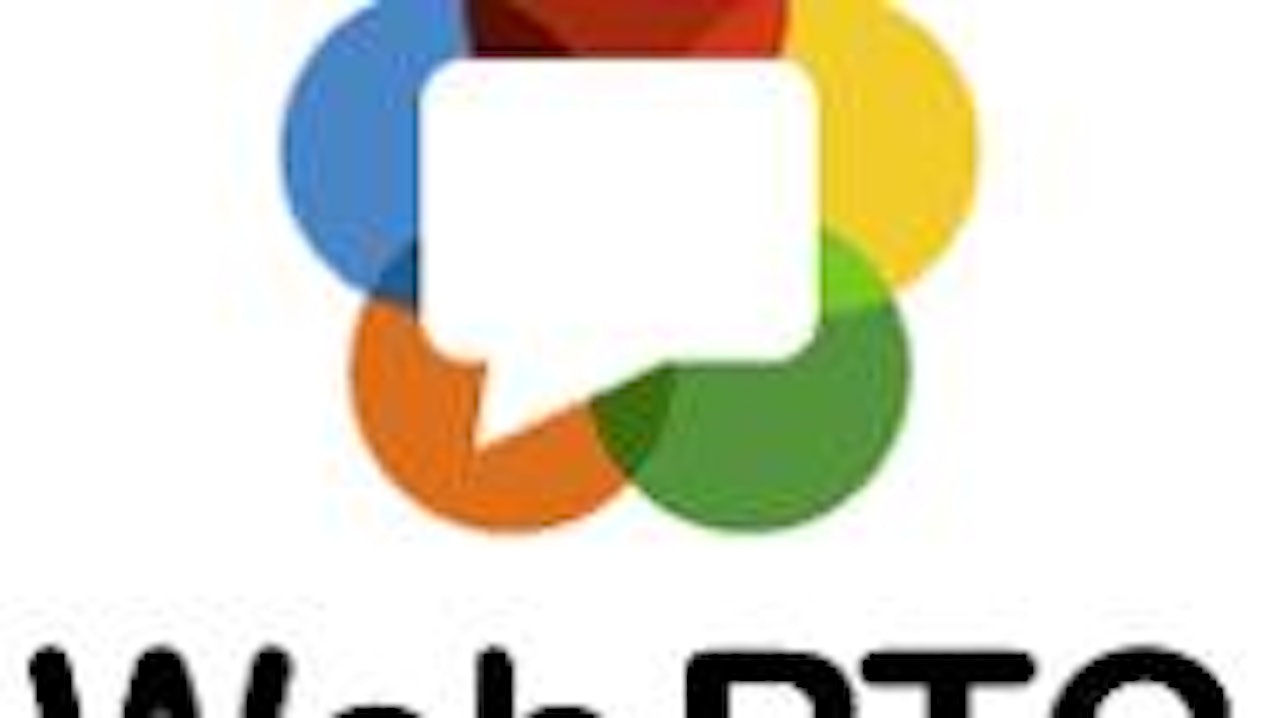Introduction to WebRTC
WebRTC stands for Web Real-Time Communication. It is an open source and free project that used to provide real-time communication to mobile applications and web browsers with the help of API’s(Application Programming Interface). This project emerged as a new standard which extends the web-browsing model by enabling the browser in a peer-to-peer manner. JavaScript API’s, HTML5 tags, underlying communication protocols etc. were defined by the W3C(World Wide Web Consortium) and IETF(Internet Engineering Task Force) jointly in order to make a trustworthy communication channel between the future web browsers. Basically, the main idea was to define the WebRTC API which allows the secure access to the input peripherals such as microphones and webcams on a device to share or exchange the media-data, real-time data with a remote device in a peer-to-peer manner.
For Example, Video conference, live video chat, sharing your favorite moment among all your friends are some examples where WebRTC exists internally. All the gadgets that you use on daily basis like mobile phones, laptops, smart TVs and AI etc. all are connected to the Internet. With the help of WebRTC, all of these devices can share voice, video, and real-time data smoothly and securely among one another on a common platform. Webrtc is the future of real-time communication.
Why WebRTC?
There are many reasons for the popularity of the WebRTC. Some of them are as follows:
WEBRTC is a plugin-free modern real-time communication technology. It doesn’t require any additional plugins or applications for audio, video streaming and data sharing. It uses Javascript, application programming interfaces (APIs), and HTML5 to embed the communication technologies within the browser. Products like Google Hangouts, Whatsapp, Facebook Messenger, ZOOM Team Communication, Zendesk Customer Support, Skype for Web etc. all are integrated with WebRTC.
Browsers are able to directly exchange real-time media with other browsers in a peer-to-peer manner.
Offers a high level of security than various other streaming systems, without the need for third-party software.
It is available for free and is operated worldwide which is the main booster for this technology.
How WebRTC works in the browser?
 View Website
View Website
 View Website
View Website
 View Website
View Website
WEBRTC is basically web real-time communication through browsers. It allows communication between browsers. A WEBRTC web application is programmed as a mixture of HTML and JavaScript.The user can also use CSS to customize the look of communication. It works and communicates with web browsers through the standardized WebRTC API. The WebRTC API must, therefore, provide a range of utilities. Some of them are like connection management (in a peer-to-peer manner), encoding/decoding capabilities negotiation, selection, and control, media control, firewall etc. To understand WEBRTC communication in browsers you must go through the different components and architecture.
The scope of implementation in WebRTC is very high as it is highly customizable. The functioning of WEBRTC can be divided into three components:
MediaStream: The first step is to have the data that the user want to share. In this case, the stream that user want (audio/video), the mode of communication to establish is captured. Local media stream grants the browser to have access to stream devices such as the camera, web microphone. It also allows the browser to capture media. A user can make use of getUserMedia() function to get the access from the browser.
RTCPeerConnection: Once the user has decided stream of communication then the next step is to connect it with the partner’s system. It allows your browser to exchange data directly with partner browsers (peers) for voice and video calls. It allows the association between the sender and the receiver through STUN and TURN servers.
RTCDataChannel: It grants the browsers to exchange data bidirectional peer-to-peer. CreateDataChannel() function is called for the first time on an instantiated PeerConnection object.
WebRTC Triangle:

WEBRTC contains three different layers of API for web developers. The first layer contains all the APIs web developer demands, including RTCPeerConnection, RTCDataChannel, and media stream objects and their functions. Second is the API for browser makers. The third is the Overridable API, which browser makers can hook.
If you look at the WebRTC architecture from the client-server side then you can see that one of the most commonly used models is inspired by the SIP(Session Initiation Protocol) Trapezoid.
Imagine you and your friend are running WEBRTC application. You want to communicate with your friend. Then the signaling messages are used whose work is to set up and end communications.
These messages are transported to web servers by the HTTP or WebSocket protocol that can modify, translate, or manage them as needed.
As to the data path, a PeerConnection allows media to flow directly between browsers without any intervening servers. The two web servers can communicate using a standard signaling protocol and communication is established between you and your friend.
Limitations of WebRTC:
One must have access to a fast internet connection to communicate with WEBRTC.
It does not offer any offline services.
It is not available in all the browsers.
There is no fixed service providing a base for every browser. It is constantly updating and some software may offer more sophisticated services than others with easy access and other facilities.


Comments (0)